
The Sydney Opera House is such an iconic landmark that it would be virtually impossible to write anything original so I have gathered together the pictures I took of it from various perspectives and times of the day. The architect of Sydney Opera House, Jørn Utzon was a relatively unknown 38 year old Dane until January 29, 1957 when his entry, scheme number 218, was announced winner of the ‘International competition for a national opera house at Bennelong Point, Sydney’. With his vision the City of Sydney was to become an international city. The completion of this building created a piece of architectural art that became iconic, a symbol of the times, like the Pyramids, the Parthenon of Athens, the Colesseum/Aqueducts of Rome, the soaring Gothic cathedrals of medieval Europe and in more modern times the Eiffel Tower, the skyscrapers and the San Francisco Golden Gate Bridge made possible by cheap steel from Henry Bessemer in Europe and Andrew Carnigie in America. No matter the perspective or time of day, the Sydney Opera House gives you that little chill that tells you that you are in the presence of greatness.
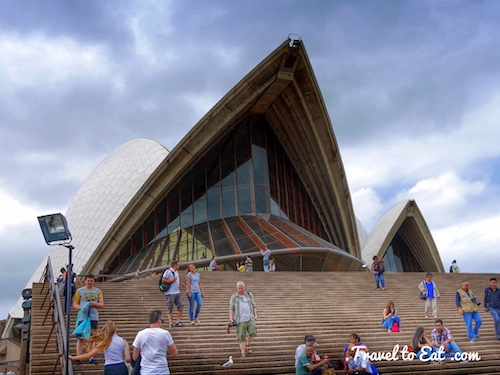
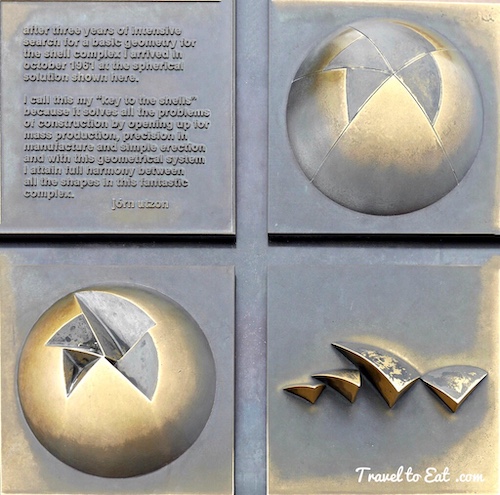
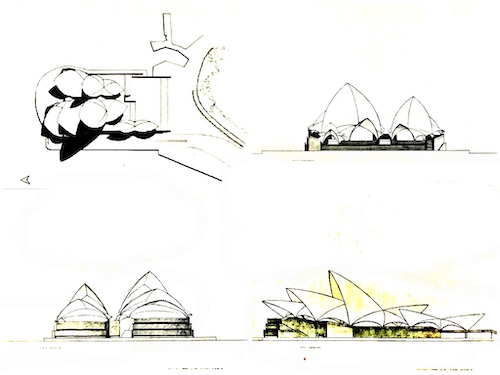
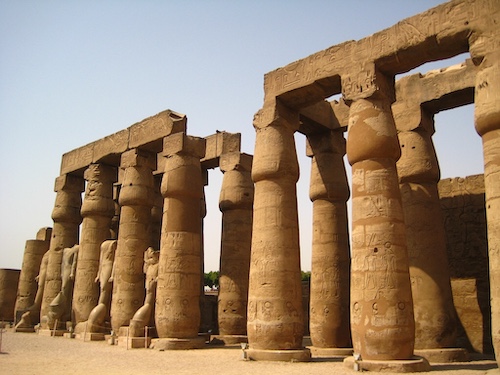
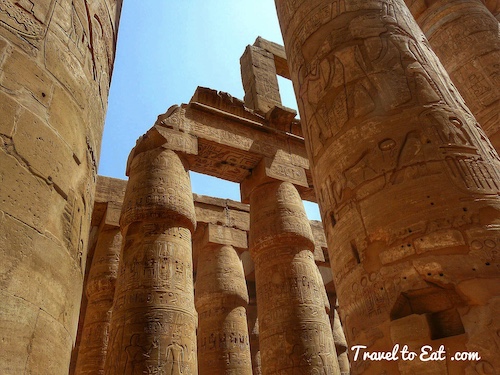
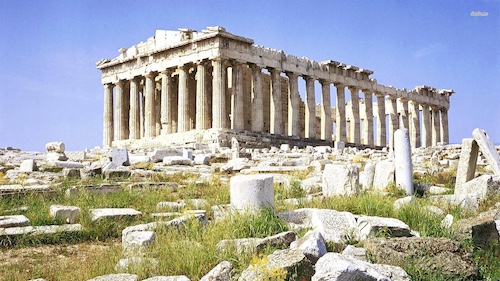
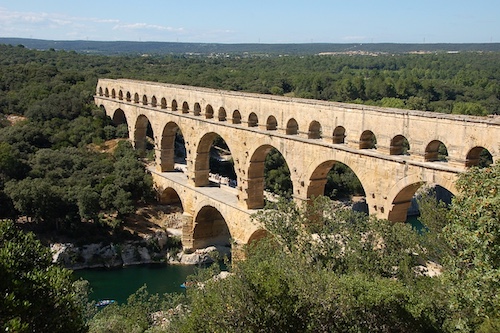
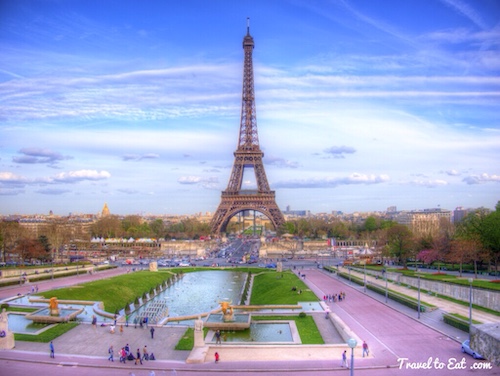
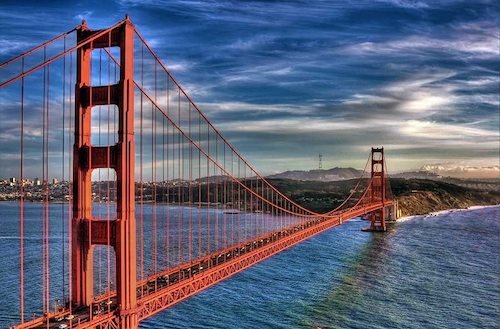
I want to expand upon my statement that the Sydney Opera House belongs in the pantheon of great architecture. The Egyptians were the first to create monumental architecture in stone, the Greeks refined the idea with thinner columns and more a more refined architecture that spawned thousands of Roman, European and American imitation capital buildings. The Romans were the master of the arch, making monumental interior spaces possible. The architects of the Gothic cathedrals took the late Roman invention of the groin vault to create such masterpieces as Notre Dame and especially Sainte Chapelle. Before about 1860 steel was an expensive product, made in small quantities and used mostly for swords, tools and cutlery. This all changed with Henry Bessemer’s development of the Bessemer converter in 1857. Erected in 1889 as the entrance arch to the 1889 World’s Fair, Gustave Eiffel built the Eiffel Tower in a latticework of steel instead of solid beams. During its construction, the Eiffel Tower surpassed the Washington Monument to assume the title of the tallest man-made structure in the world, a title it held for 41 years, until the Chrysler Building in New York City was built in 1930. From 1875 to 1920, American steel production grew from 380,000 tons to 60 million tons annually, making the U.S. by far the dominant world leader. Andrew Carnegie’s great innovation was in the cheap and efficient mass production of steel rails for railroad lines. Although Tibetan saint and bridge-builder Thangtong Gyalpo originated the use of iron chains in his version of early suspension bridges in 1433, and built eight bridges in eastern Bhutan, the Golden Gate Bridge is one of the most internationally recognized symbols of San Francisco, California, and the United States. It has been declared one of the Wonders of the Modern World by the American Society of Civil Engineers. It opened in 1937 and was, until 1964, the longest suspension bridge main span in the world, at 4,200 feet (1,300 m).
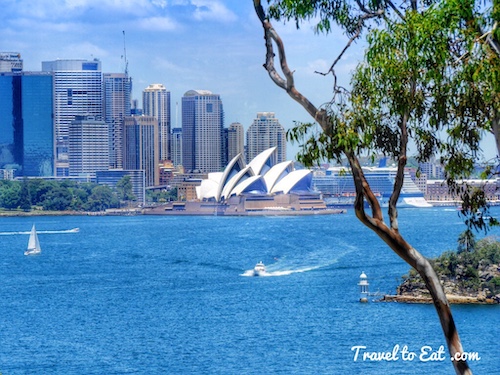
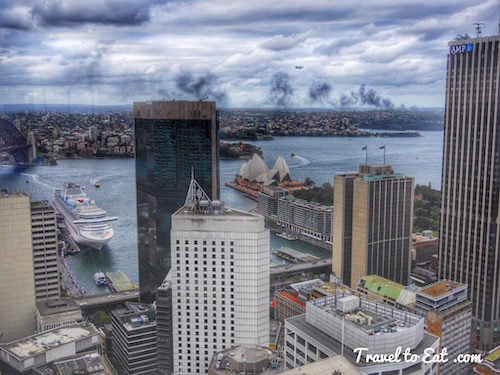
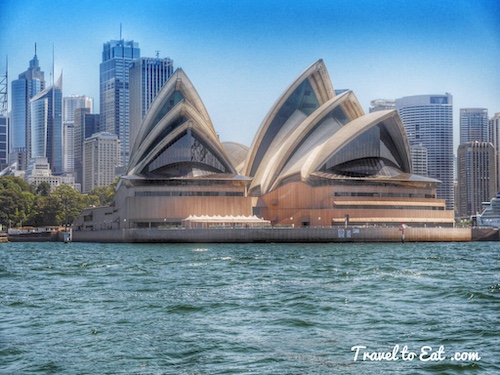
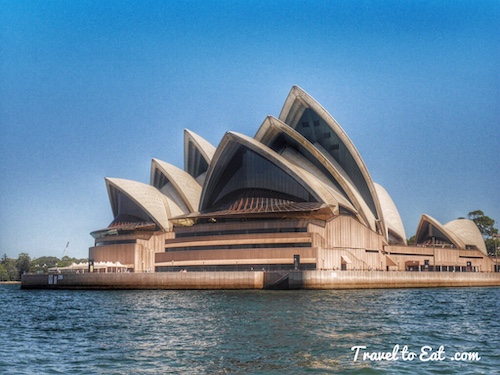
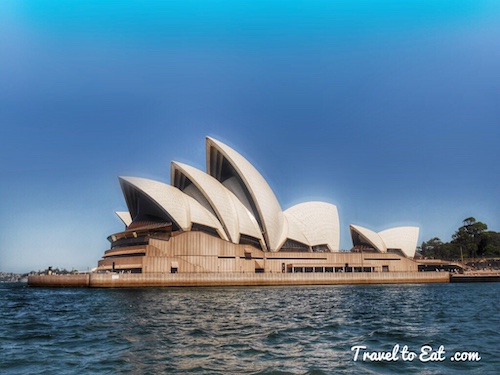
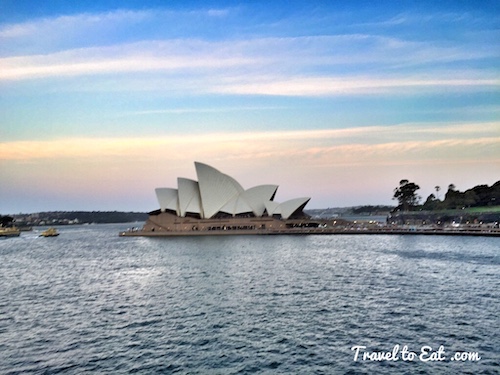
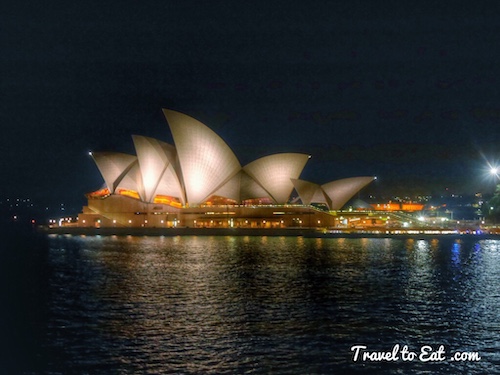
How to end this post is such a problem. The brilliant premise of creating a series of arches based on a sphere is both beautiful and innovative. Note the peaked arches reminiscent of Gothic windows to add stability and beauty. I have told you so little about the life and times of Jørn Utzon and yet his life pales in contrast to this accomplishment. Cost overruns contributed to populist criticism and a change of government resulted in 1966 to Utzon’s resignation, street demonstrations and professional controversy, much like the history of the Eiffel Tower. In 1999, Jørn Utzon was re-engaged as Sydney Opera House architect to develop a set of design principles to act as a guide for all future changes to the building. These principles reflect his original vision and help to ensure that the building’s architectural integrity is maintained. In 2003 Utzon received the Pritzker Prize, international architecture’s highest honor. As I have outlined above, the Opera House represents a modern interpretation of five thousand years of history both architecturally and artistically. I have nothing more to add other than I was privileged to see it in person.

The Royal Botanic Gardens, which are just a short walk around the water’s edge from the Sydney Opera House, is one of the most breathtakingly beautiful settings you will see anywhere, with the gardens filling an area of land between the harbor and the eastern part of the central business district.
[mappress mapid=”81″]
References:
Website: http://www.sydneyoperahouse.com/homepage.aspx
Ruins of Luxor: http://thelexpedition.com/i-dont-tan-well/
Temple of Karnak: http://everything-everywhere.com/2011/03/25/daily-travel-photo-karnak-temple-egypt/
Roman Aqueduct: https://grantwiggins.wordpress.com/2012/10/24/a-roman-aqueduct-and-the-teaching-of-history-thoughtlessness-part-6/
Eiffel Tower: http://www.toureiffel.paris/en.html
Golden Gate Bridge: http://laborunionreport.com/2014/08/05/13-unions-vote-to-strike-golden-gate-bridge/
Royal Botanic Gardens: http://www.sydney.com.au/rbg.htm
The Arch in History: /the-arch-in-architecture-and-history/

